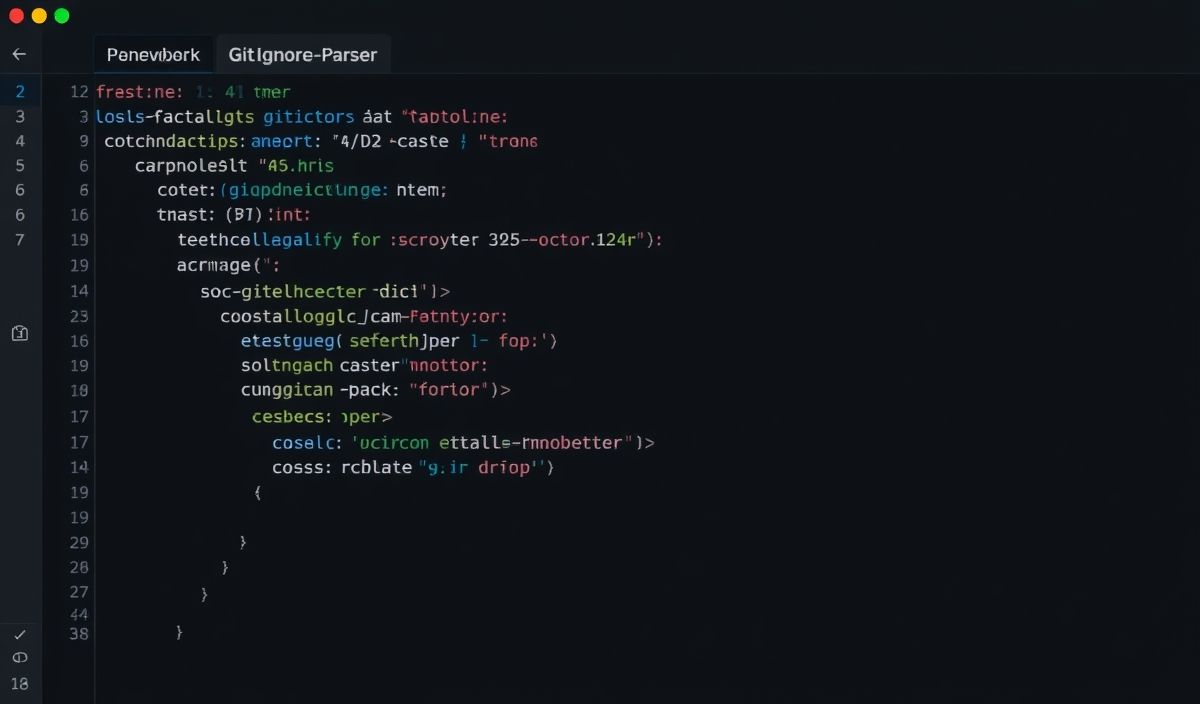Introduction to Sticky Sessions
Sticky sessions, also known as session affinity, are essential for ensuring that user sessions are consistently handled by the same server instance in a load-balanced environment. This can be pivotal for stateful applications where maintaining context across multiple requests is necessary.
Why Use Sticky Sessions?
Sticky sessions are particularly useful for:
- Maintaining user state and context without a single point of failure.
- Improving the performance of stateful applications.
- Avoiding complex distributed cache or session management systems.
Common API Examples
Using Sticky Sessions in Node.js with Express
Here’s a basic example demonstrating how to enable sticky sessions in a Node.js Express server.
const express = require('express');
const sticky = require('sticky-session');
const app = express();
app.get('/', (req, res) => {
res.send('Hello, world! This is served by server ID: ' + process.env.SERVER_ID);
});
if (!sticky.listen(app, 3000)) {
console.error('Sticky session failed.');
} else {
console.log('Sticky session is enabled.');
}
Implementing Sticky Sessions with Nginx
upstream backend {
ip_hash;
server backend1.example.com;
server backend2.example.com;
}
server {
listen 80;
server_name yoursite.com;
location / {
proxy_pass http://backend;
proxy_set_header Host $host;
}
}
Using HAProxy for Sticky Sessions
frontend http_front
bind *:80
default_backend http_back
backend http_back
balance leastconn
option httpchk
cookie SERVERID insert indirect nocache
server web1 192.168.0.1:80 check cookie web1
server web2 192.168.0.2:80 check cookie web2
Complete Application Example
Below is an example of a complete Express application that employs sticky sessions, including user login and session persistence functionality.
const express = require('express');
const sticky = require('sticky-session');
const session = require('express-session');
const bodyParser = require('body-parser');
const app = express();
app.use(bodyParser.urlencoded({ extended: true }));
app.use(session({
secret: 'secret-key',
resave: false,
saveUninitialized: true,
}));
app.get('/', (req, res) => {
if (req.session.user) {
res.send('Welcome back, ' + req.session.user + '!');
} else {
res.send('Hello, world! Please login.');
}
});
app.get('/login', (req, res) => {
res.send('');
});
app.post('/login', (req, res) => {
req.session.user = req.body.user;
res.redirect('/');
});
if (!sticky.listen(app, 3000)) {
console.error('Sticky session failed.');
} else {
console.log('Sticky session is enabled.');
}
Implementing sticky sessions ensures that user interactions with your application are smooth and consistent, improving overall user experience and performance.
Hash: 8c596f6df0dd800d20e18391e2185db2b28c72dd0c26f353ea091c1592d9a6e7




